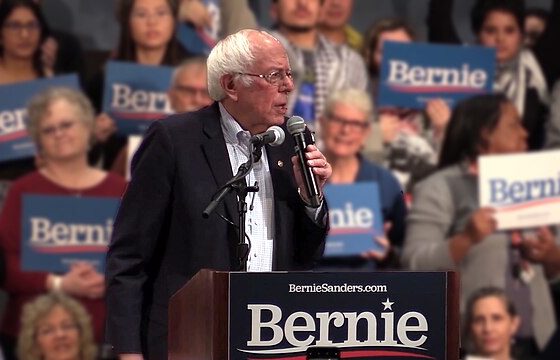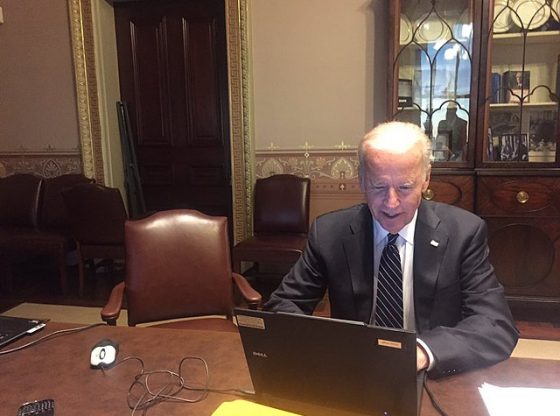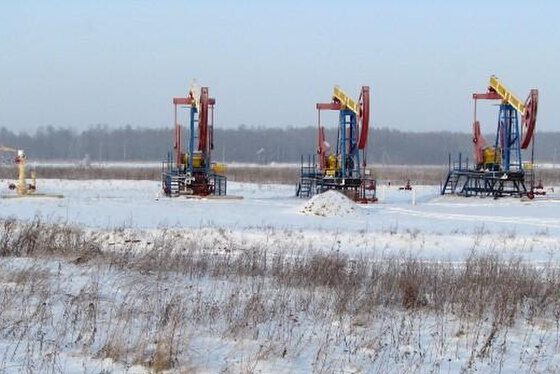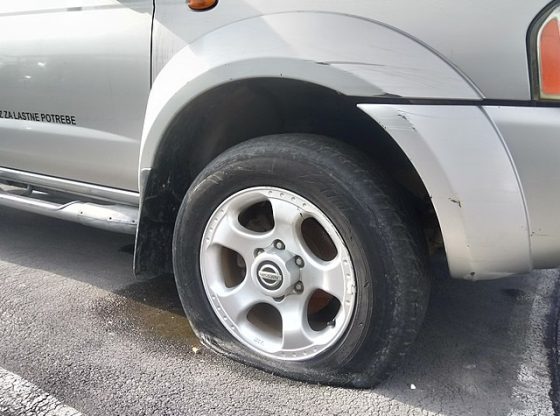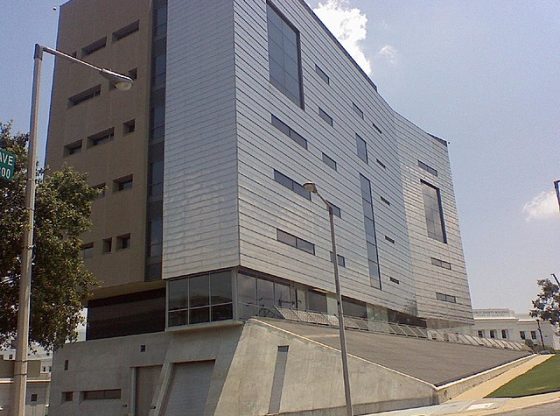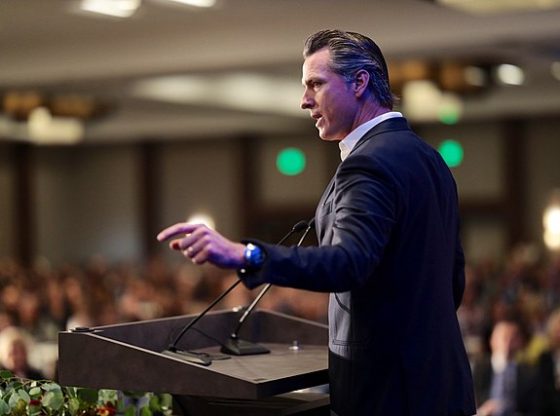President Joe Biden has pledged to install 500,000 public electric vehicle (EV) chargers around the U.S. by 2030, but logistical hurdles may be too much to overcome.
The Biden administration landed $7.5 billion to build out a network of public EV charging stations around the country in the bipartisan infrastructure package of 2021, but those funds have only led to a handful of operational charging stations to date. Transportation Secretary Pete Buttigieg reaffirmed the administration’s goal to build 500,000 chargers with the money by 2030 during a May television appearance on CBS News, but challenges like adding transmission lines, navigating the permitting process and coordinating with utility companies figure to make the goal improbable.
As of April 1, the administration’s $7.5 billion push had only led to seven operational charging stations combining for less than 40 chargers around the U.S., a pace that has drawn criticism from House Republicans and even Democratic Oregon Sen. Jeff Merkley. While other projects are on their way to being built and operational, the nation’s EV charging infrastructure remains mostly concentrated in more densely-populated, coastal areas of the country, according to the Department of Energy (DOE).
While results have been slow to materialize, federal funding should be sufficient to build approximately 25,000 charging spots at about 5,000 stations, according to Atlas Public Policy, a policy analysis organization that focuses specifically on EVs. In order to reach those figures by 2030, the administration’s funding will have to spur the construction of more than 900 stations each year until then, a big step up from the program’s output of less than 10 stations over nearly three years.
“Our programs are accelerating private sector investment that puts us on track to deploy 500,000 charging ports well ahead of schedule and continue to expand a convenient and reliable charging network,” a Department of Transportation spokesperson told the DCNF. “There are currently projects underway in partnership with states and local grantees for 14,000 federally-funded EV charging ports across the country under the [National Electric Vehicle Infrastructure (NEVI)] and [Charging and Fueling Infrastructure (CFI)] programs that will build on the 184,000 chargers operational today.”
Of the 184,000 chargers in operation today, more than 107,000 were already in circulation as of 2020, the last full year before the Biden administration took office, according to the DOE. Moreover, there are only about 10,000 fast charger stations in the U.S., a number that EV proponents would like to see increase to alleviate the public’s concerns about EV range and recharging wait times, according to The Washington Post.
Some of the biggest logistical hurdles are ones that may not be immediately obvious, such as enduring the process of building out needed transmission lines and upgrading existing utility infrastructure to accommodate hundreds of thousands of new chargers, according to experts who spoke with the Daily Caller News Foundation about whether such a number of chargers will be operational by 2030.
One skeptical expert is Dr. Jonathan Lesser, a senior fellow at the National Center for Energy Analytics and president of Continental Economics. Lesser estimates that “hundreds of thousands of miles” of new transmission lines will be needed to deliver enough electricity to the right places to meet the administration’s goal, a tall order given that the U.S. managed to complete less than 700 miles of transmission projects in 2022, according to data aggregated by Statista.
Lesser wrote his own analysis of the challenges the administration’s EV charger push faces for The Hill on Monday.
“The administration’s efforts to mandate EVs without considering the physical infrastructure to charge them (to say nothing of the cost), not only highway charging stations but also the necessary upgrades to millions of miles of local distribution circuits and transformers for home charging – is either an exercise in green virtue signaling or a cynical effort to restrict Americans’ mobility,” Lesser told the DCNF. “If EVs are the wave of the future then consumers will purchase them without the need for mandates and the private sector will develop the necessary infrastructure, just as it did a century ago and just as Tesla has done for its vehicles, without the need for government intervention.”
“If all those chargers were in place, you would need hundreds of thousands of large transformers and transmission lines along highways to provide the electricity,” Lesser continued. “You would also need linemen to install everything – and they are already in short supply. Of course, none of this addresses the issue of where the electricity comes from – if it is to be from renewables (e.g., wind and solar), there would have to be a massive building effort.”
Lesser believes there is “not a chance” that the 500,000 charger goal is met by 2030, and added that Buttigieg’s suggestion the administration will reach that target amounts to “pure fantasy.”
In addition to the billions of dollars meant to subsidize public charging infrastructure, the administration is also spending big to help manufacturers produce more EVs and to blunt the higher costs of EVs for consumers. Further, federal agencies have also promulgated aggressive fuel economy standards and tailpipe emissions rules that will force significant increases in EV sales over the next decade for light-, medium- and heavy-duty models.
Energy Secretary Jennifer Granholm described the chargers covered by the $7.5 billion program as “the hardest ones because they’re going to places where the private sector hasn’t gone because there’s no electricity, because they’re remote” at Politico’s 2024 Energy Summit remarks on Wednesday.
Aidan Mackenzie — an infrastructure fellow at the Institute for Progress with particular expertise covering energy, transportation and housing policy — agreed that logistical challenges are likely to hinder the administration’s goal for charger deployment by 2030. Specifically, he highlighted securing complementary infrastructure, like transmission lines, as likely to sap time and resources away from the effort to construct a national network of public chargers.
“It seems like it’s going to be hard to meet this target,” Mackenzie told the DCNF. “Different utility regions do not necessarily have an incentive to plan or build large capacity transmission lines that share power. They often interrupt the way that utilities want to control the generation in their region. So, I would very much expect that to be the binding constraint.”
However, Mackenzie added that the administration could achieve the desired results of its $7.5 billion program and its broader goal of 500,000 charger goal if regulators and builders are able to develop “muscle memory” in the earlier stages of rollout so that officials from both sectors can more easily and quickly navigate complex processes in the near future.



